Since my birth in 1967, the global population has doubled from 3.5 to over 8 billion people. This explosive increase in the world’s population demands intensive, large-scale food production. The Netherlands excels in this area: it is the world’s second-largest exporter of agricultural products, only after the United States.

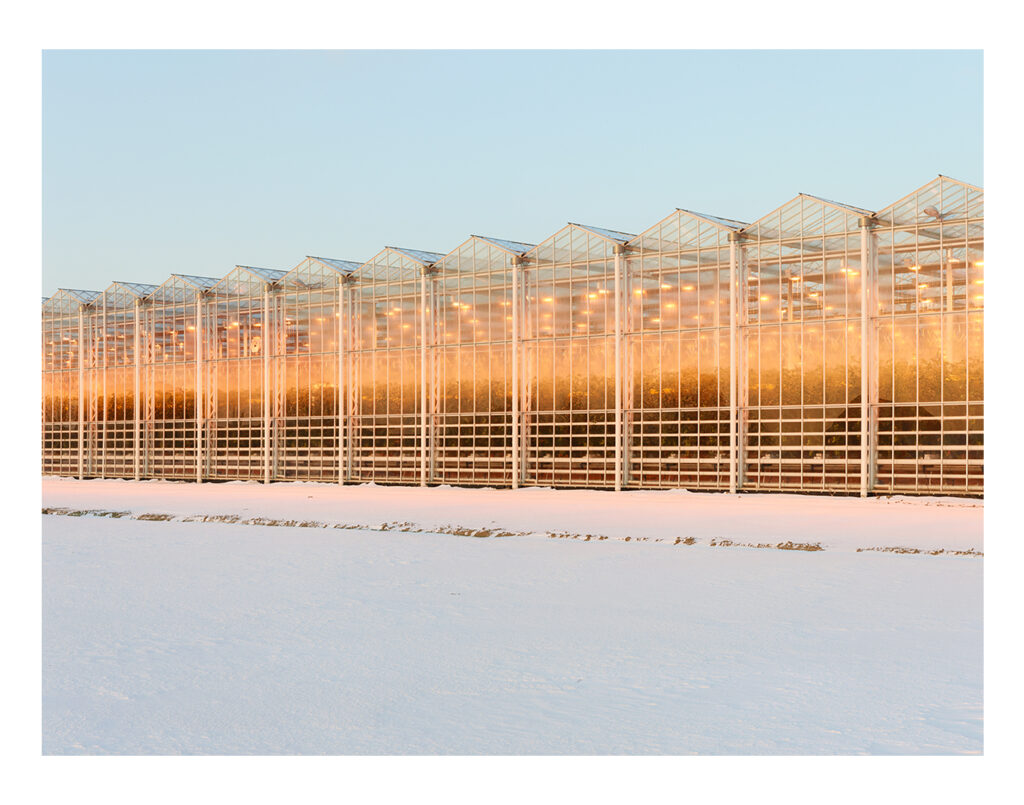

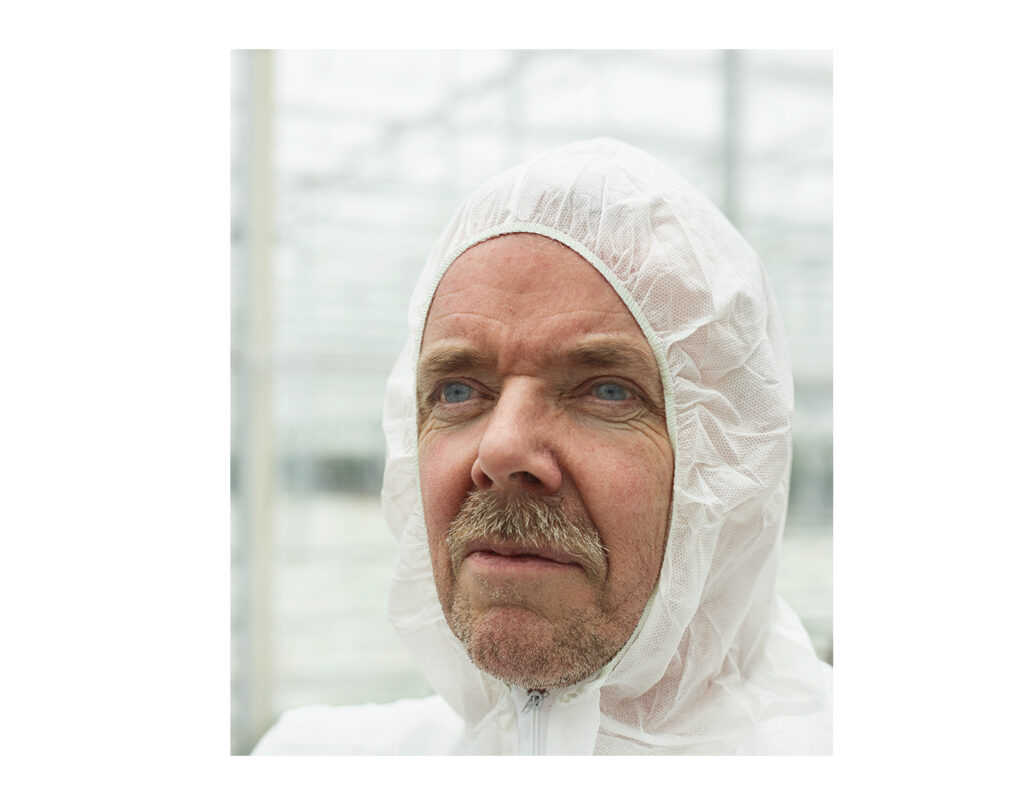
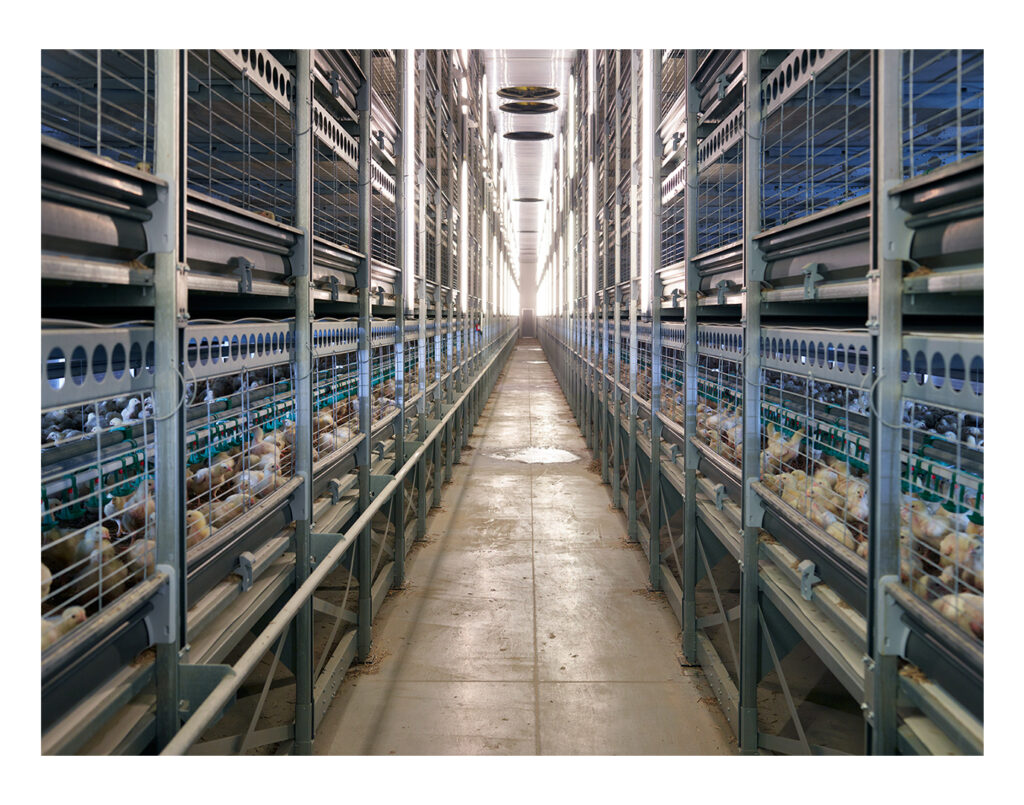

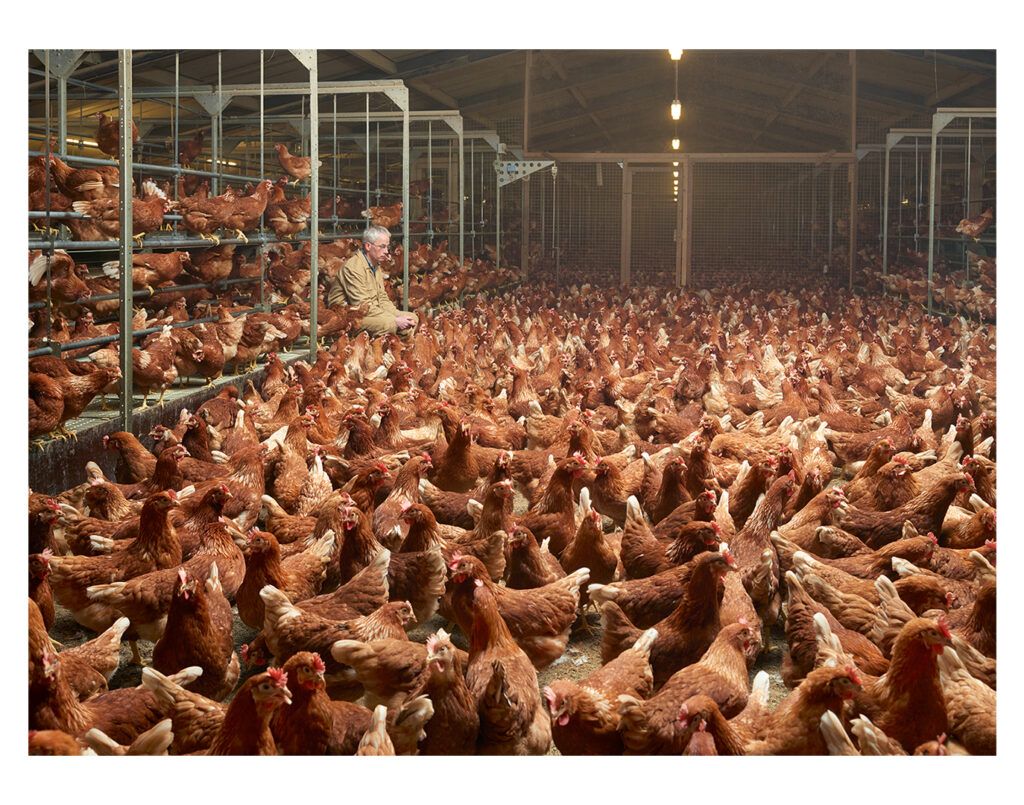
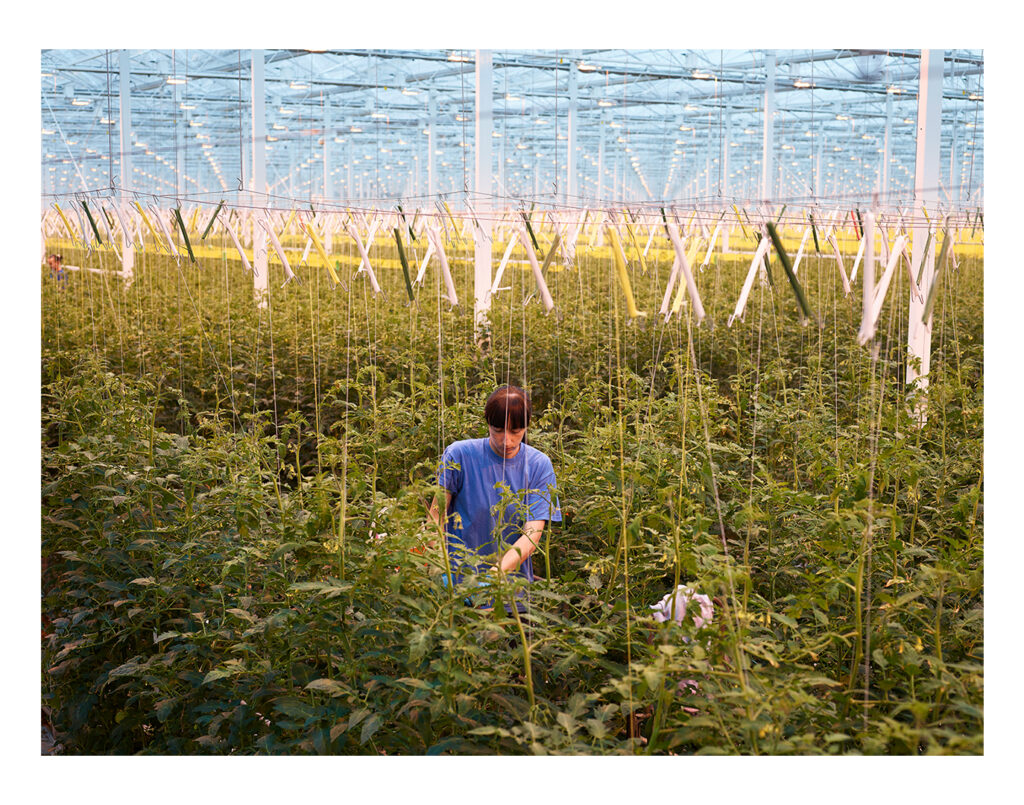

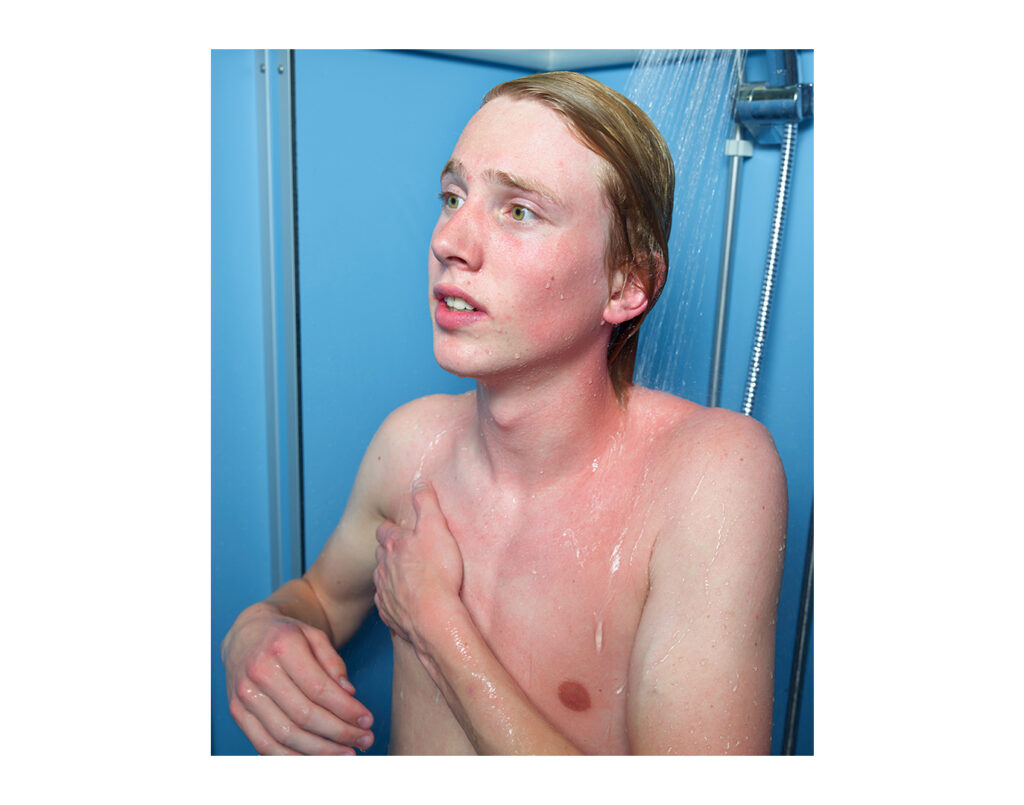

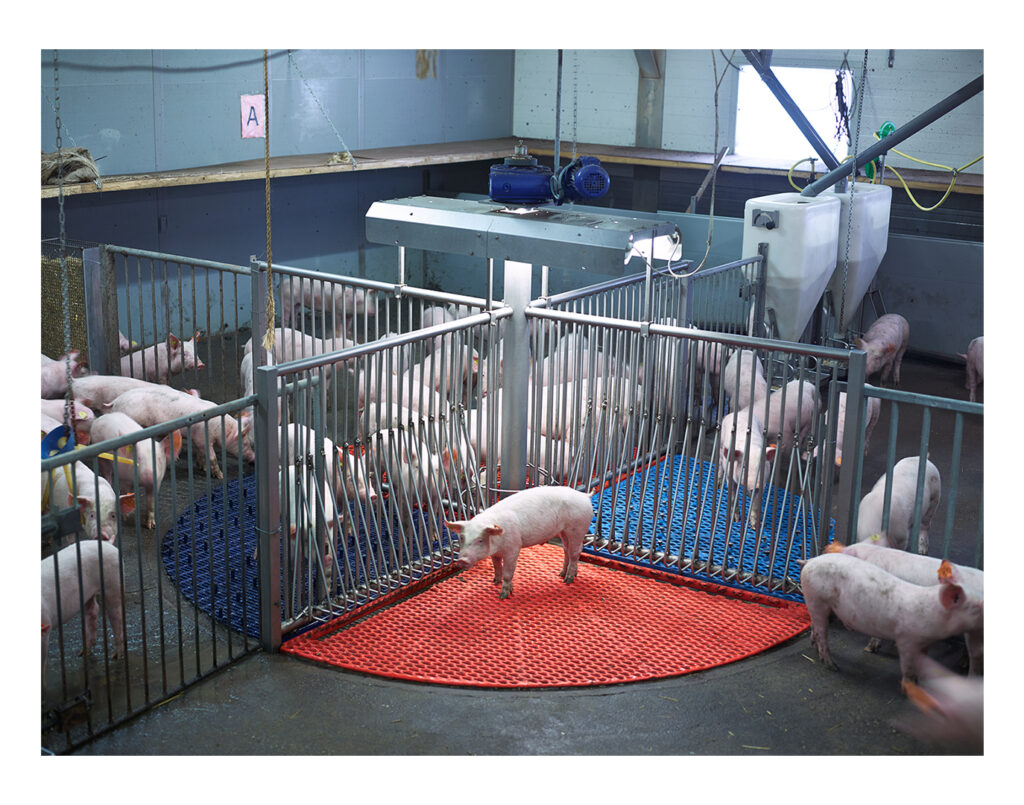
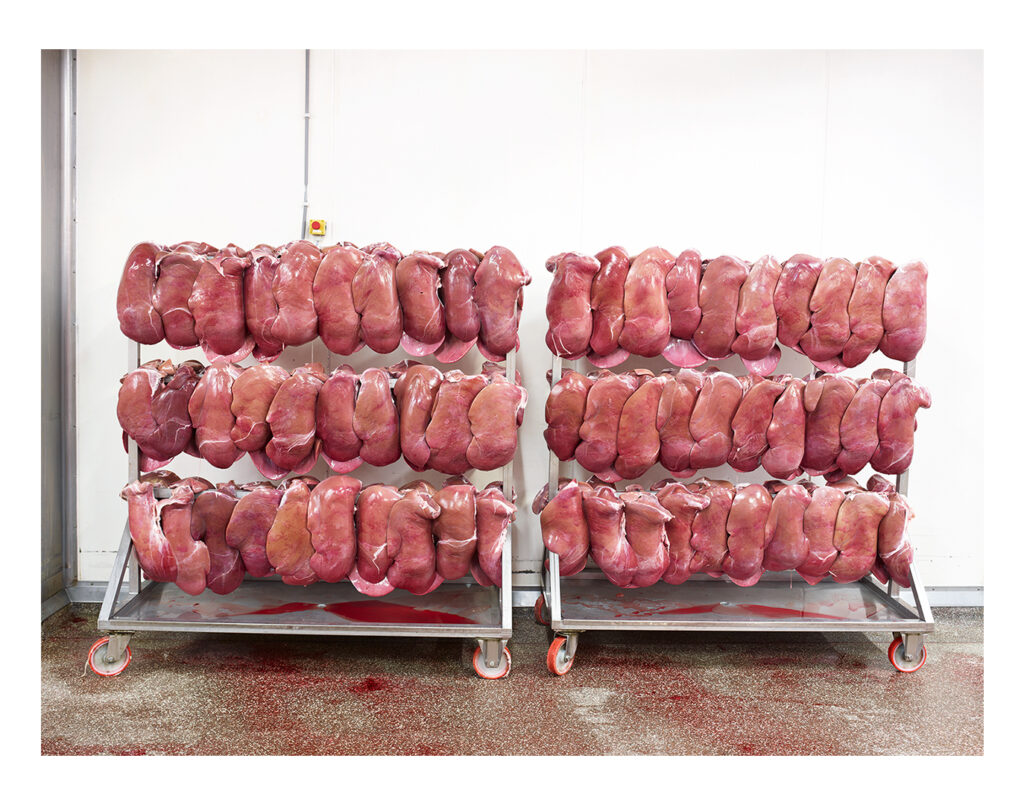
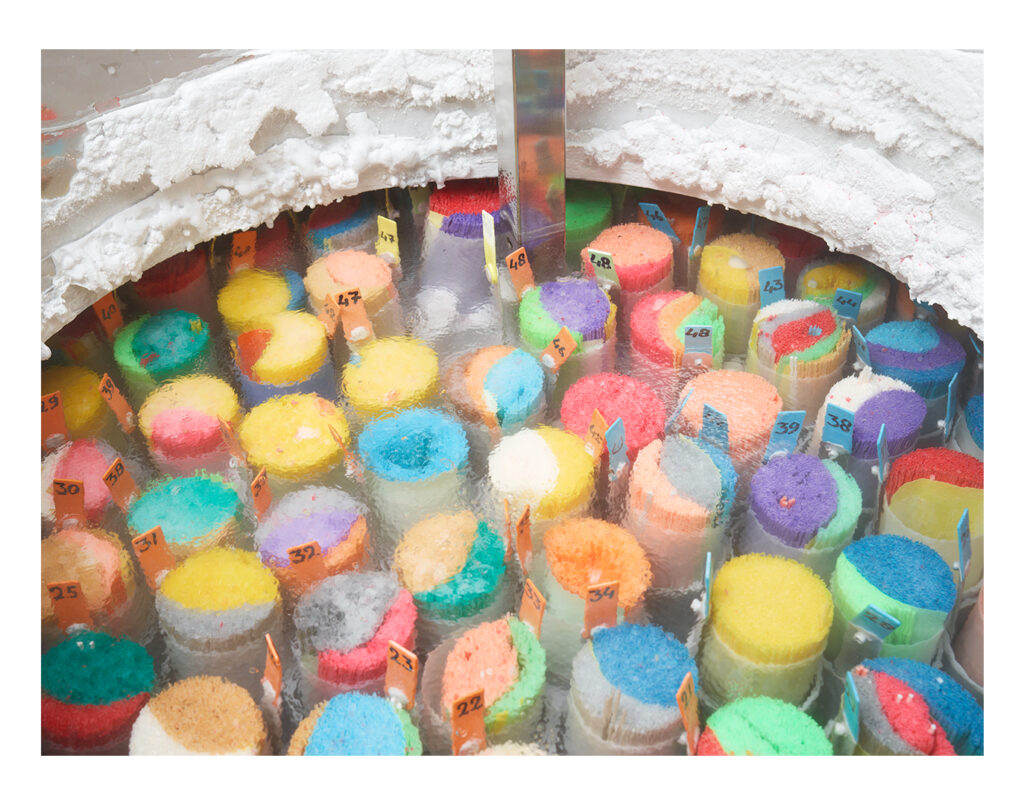
Since I was born in 1967, the global population has doubled from 3.5 billion to over 8 billion people. This explosive increase demands intensive, large-scale food production. The Netherlands excels in this area and takes pride in being the world’s second-largest exporter of agricultural products, behind only the United States. However, this position is somewhat misleading, as much of our export is also import, facilitated by the global port of Rotterdam.
While photographing food production, I noticed that modern, large-scale techniques do not necessarily lead to a deterioration in animal welfare, as is often assumed. Moreover, organic farming is not always as small-scale as we might think. The solutions to environmental, health, and welfare issues seem to lie in innovation, not nostalgia. Food cannot be produced solely by ‘small’ farmers who know all their cows by name if we, as consumers, do not also critically examine our demand for abundant and cheap food.
The fact that modern production methods do not always look as idyllic as the public might wish is largely due to ignorance. It’s time to stop dreaming of meadow milk and charming vegetable gardens with Italian pomodori. The food we find on our plates is bred, cultivated, and grown in today’s laboratories.
The spiraling growth of ever-larger innovative agricultural companies is taking an increasing toll on our environment. In 2022, I began a new project investigating the clash between nature and agricultural enterprises in the Netherlands. This will culminate in a new book titled Territory, set to be published in early 2024.
Few subjects generate as much discussion as the subject of food. Such discussion is increasingly marked by suspicion and pessimism about how our food is produced.
When I was asked in 2011 to make an in-depth study of the subject of Food for Het Rijksmuseum in Amsterdam I was full of preconceptions about the food industry. I saw it as dishonest, unhealthy and unethical. More than that, it was contributing to the decline of our planet, unlike in the good old days, and I felt that the magic word ‘organic’ was going to solve everything. So when I embarked on this project, my first impulsive reaction was to bring to light all the misunderstandings about food once and for all.
My research focused especially on farmers and entrepreneurs who were looking for innovation. This group interested me because they were trying to resolve food-related issues that were both relevant and urgent. Visually too, I felt, this presented the greatest contrast between a consumer-driven romanticized ideal and the reality of food production.
I soon discovered that economic pressures and legislation relating to public health, the environment and animal welfare largely dictate the way many cutting-edge entrepreneurs work. To survive they are forced to cross over from traditional production processes to industrial methods where efficiency and scaling-up are all-important. This is just as true of organic production.
Add to this the fact that these days producers are judged by inspection bodies and consumers on the tiniest misstep. Every infection or disease can cause great economic damage. Given the ever diminishing profit margins for producers, any setback of this order is one too many.
Increasingly, then, our food is created in a clean world of rules and protocols. Regulations such as the new laws on the use of antibiotics are compelling poultry and pig farmers to do everything in their power to prevent infection, the result being that they are as good as hermetically sealed off from the outside world. This is not to prevent consumers from seeing what happens behind the scenes, but to cater to those consumers’ wishes for safe and inexpensive food.
The fact that current solutions to many food-related issues often have consumers up in arms can be blamed in part on the food industry itself. Thinking of profits, they paint a romanticized picture of the way things are. These are the images we love to see: cows in the meadow, farmers on tractors bringing vegetables to the supermarket. At the same time critics are alerting us to the flipside of intensive and industrial food production with soundbites like ‘plofkip’ (literally, a chicken fit to burst) and ‘pig towers’.
Given our unprecedented interest these days in how our food is produced, such conflicting reports only sow confusion. However aware we are of seductive sales techniques and marketing strategies, we still prefer, against our better judgement, that romanticized picture than to see the situation as it really is.
After two years of research and photography I realized that the discourse on food production can be infinitely refined and that this often puts supposed advantages and disadvantages in a new light. Scaling-up can actually enhance animal welfare, for example, and organic production is not always better for the environment. Often, an excessively one-sided approach to the subject of food is a barrier to real solutions. Food is simply too wide-ranging and complex a subject for one-liners or to be describing in terms of black and white.
Amsterdam, 2013

The way we perceive our food production is deeply influenced by the images we see. A photo of a cow in a barn can evoke a variety of associations and thoughts. These associations are strongly shaped by the accompanying text. In my work, I play with this dynamic. By linking words to images that provoke associations without a direct relationship to what is seen in the photo, I aim to elicit a reaction. Often, this reaction is one of disgust because we prefer not to confront the less idyllic reality of modern food production.
In my photo, the cow is paired with the word “Pasture.” It seems like this word comments on the image. This cow is not in a meadow, which is sad. We believe cows should be in meadows. But does this thought match the image? In the captions, which are always present in the index of the book and at the exhibition but never directly readable with the image, the reality is different. This cow can voluntarily go outside to the meadow day and night but is merely resting after being milked. Moreover, this cow lives on a farm where there is an extraordinary focus on individual care. This background information cannot be seen in a photo. To understand it, one must delve deeper. My assertion is that an image can never be trusted without exploring its background.


 Tab Content
Tab Content
This work was on display in the following exhibitions:
-Syngenta Awards, London, 2014
-Kominek Gallery, Berlin,2014
-Fotofestival (7P) Wilhelm Hack Museum. Ludwigshafen, 2015
-Contre-Champs #5, Centre d’arts Guingamp, France, 2015
-Getxophoto festival, Bilbao, Spain 2017
-The Festival of Political Photography, Helsinki, 2017
-Revolution 5.0, Museum für Kunst und Gewerbe, Hamburg, 2017
-Lianzhoufoto, Lianzhou, China, 2018
-Food, Fondazione Mast, Bologna, Italy, 2021


Rijksmuseum, Amsterdam , 2013

Fondazion Mast, Bologna, Italy 2021